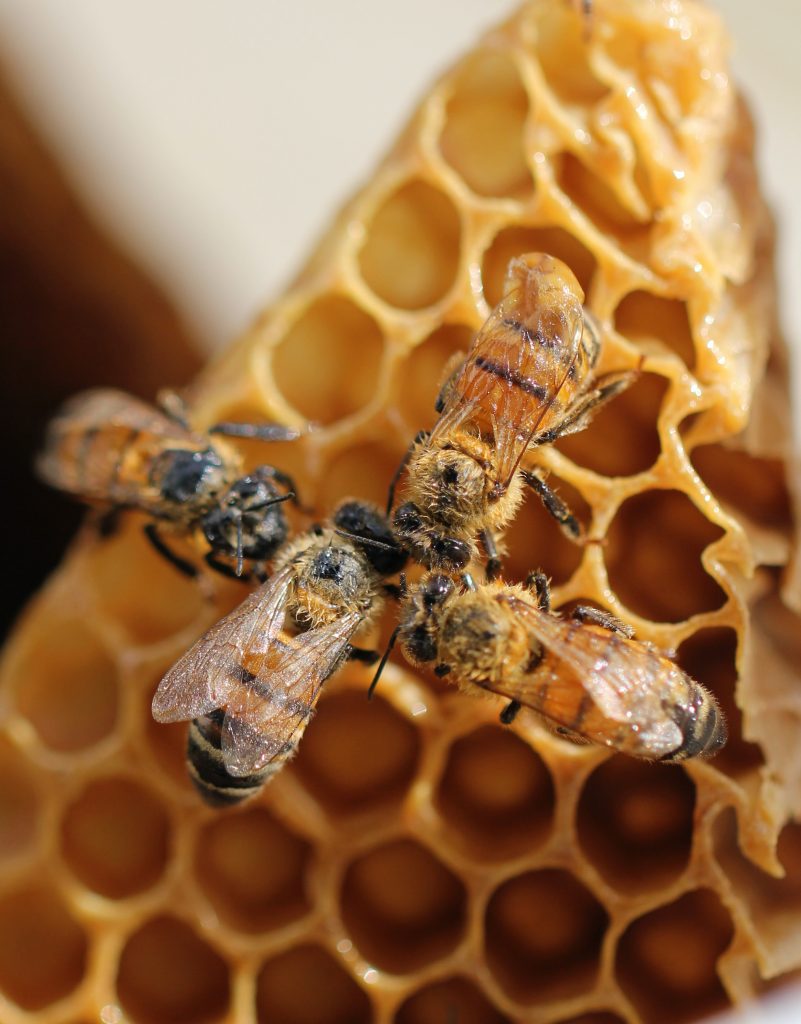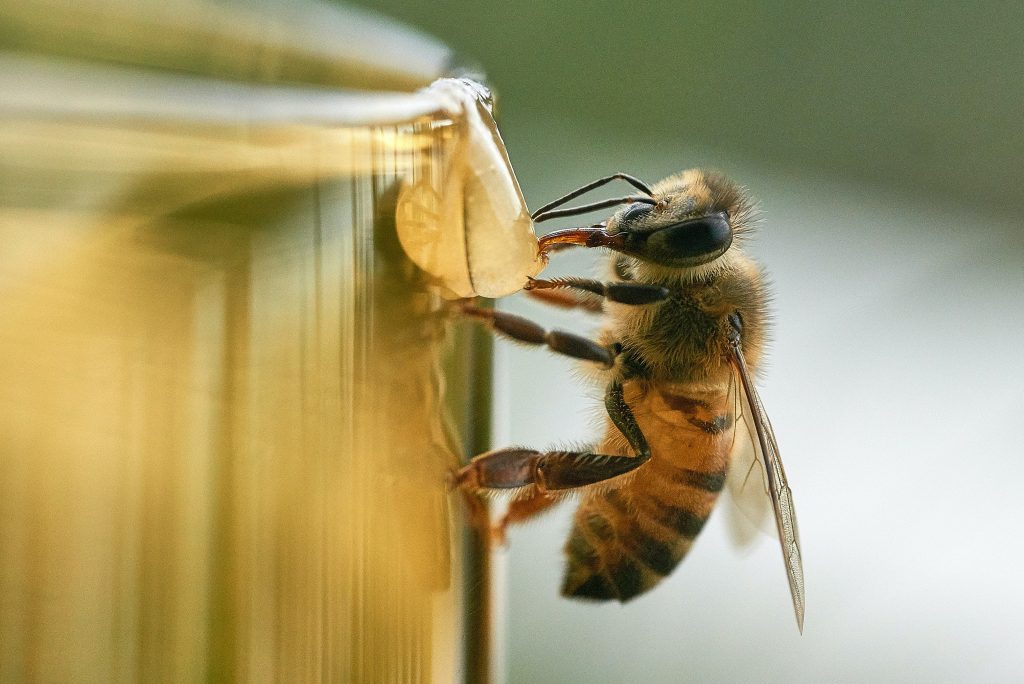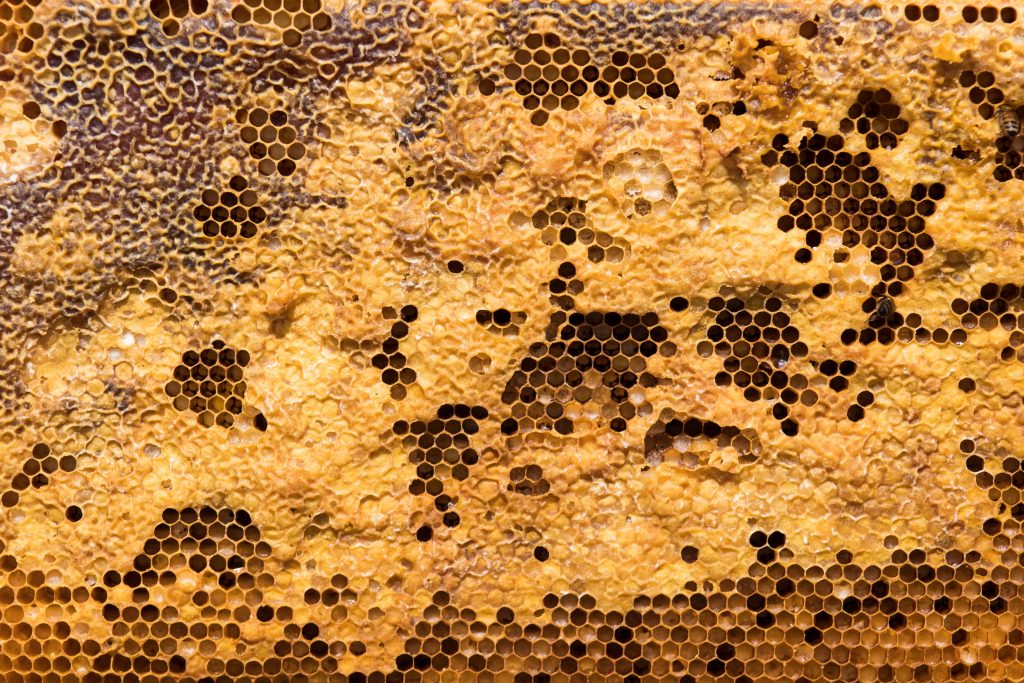In the ancient annals of human history lies an intriguing tale of discovery—a story that intertwines the creation of one of the world’s first coins with the symbol of a bee. Honey, a golden elixir known for its remarkable properties, holds secrets that span millennia. But beyond its sweetness, honey boasts a tapestry of curiosities and benefits that weave through our past and present.

Join us on a journey through a compendium of astonishing honey facts, from its origin as a currency symbol to its role in preserving the bodies of emperors. Delve into the science-backed revelations about honey’s enzymatic prowess, its contributions to human sustenance, and the heroic feats of bees that transcend their short lifespans.
1. The Bee Symbolism in Ancient Currency
Early civilizations stamped bee symbols on coins, signifying wealth and productivity. According to historical records, the image of a bee graced some of the world’s earliest monetary systems, reflecting the intrinsic value placed on these industrious insects.
2. Honey’s Enzymatic Wonders
Honey is more than just a sweet treat. Studies published in the Journal of Agricultural and Food Chemistry confirm that honey contains live enzymes, enhancing its nutritional profile. However, contact with metal spoons can deactivate these enzymes, making wooden or plastic spoons preferable for honey consumption.

3. Cognitive Benefits of Honey
Recent research published in the Journal of Neuroscience highlights honey’s impact on brain function. The natural substance found in honey can potentially aid in improving cognitive abilities and memory retention.
4. Honey: A Sustaining Superfood
Renowned for its nutritional richness, honey stands as one of the few foods that can sustain human life alone. Packed with essential nutrients, enzymes, and antioxidants, honey has historically served as a crucial source of sustenance for various cultures.
5. Bees: Unsung Heroes of Survival
Bees, with their modest lifespan of less than 40 days, play a monumental role in preserving ecosystems and preventing famine. Historical accounts from Africa attest to how bees’ honey production saved communities from starvation during lean periods.

6. Propolis: Nature’s Potent Antibiotic
Propolis, a resinous substance produced by bees, is rich in potent antibacterial properties. Scientific studies published in the International Journal of Biological Macromolecules underline propolis’s efficacy as a natural antibiotic, offering promising implications in medical research.
7. Timeless Shelf Life of Honey
Contrary to most food items, honey is known for its indefinite shelf life. Archaeological discoveries of honey in ancient tombs validate its remarkable preservation quality without an expiration date.
8. Honey in Ancient Rituals and Traditions
The historical significance of honey transcends mere sustenance. Across cultures, honey played a role in rituals and practices, including the embalming of emperors’ bodies, giving rise to beliefs in its preservative properties.
9. Origins of “Honeymoon”
The term “honeymoon” traces its etymology to the tradition of newlyweds consuming honey for fertility and prosperity, echoing ancient beliefs in honey’s symbolic importance.
10. Bee’s Lifetime Contribution
In a lifetime, a single bee tirelessly visits over a thousand flowers, producing less than a teaspoon of honey. Despite their brief existence, bees contribute immeasurably to the environment and human survival.

In essence, the universe of honey and its surrounding bee culture encapsulates a treasure trove of wonders and practicalities, enriching human history and our understanding of nature’s miracles.
Thank you, precious bees, for bestowing upon us the golden elixir that is honey—a testament to your tireless efforts and invaluable contributions to our world’s sustenance.
Sources:
- Journal of Agricultural and Food Chemistry
- Journal of Neuroscience
- International Journal of Biological Macromolecules
- Various historical records and scholarly publications
